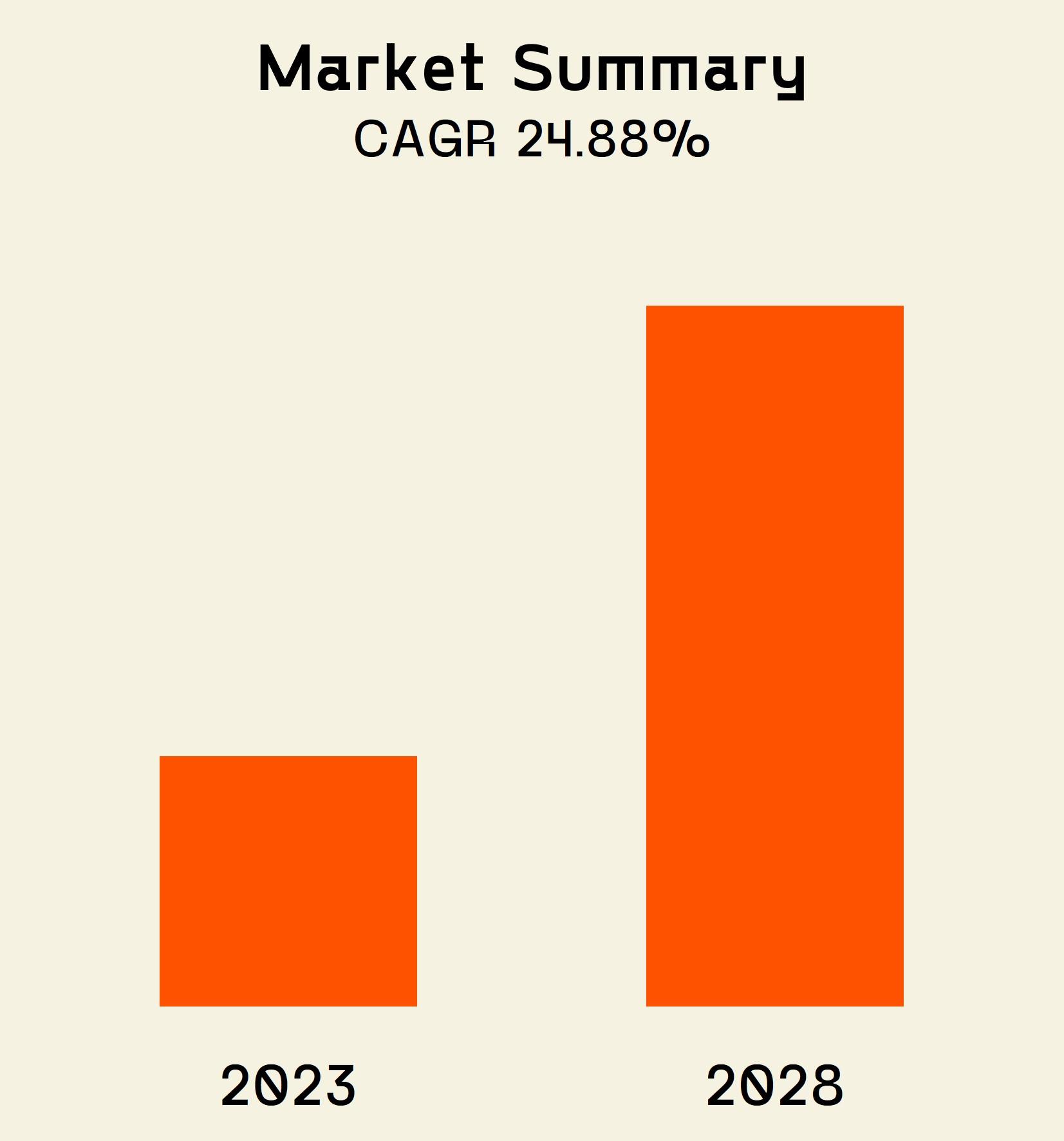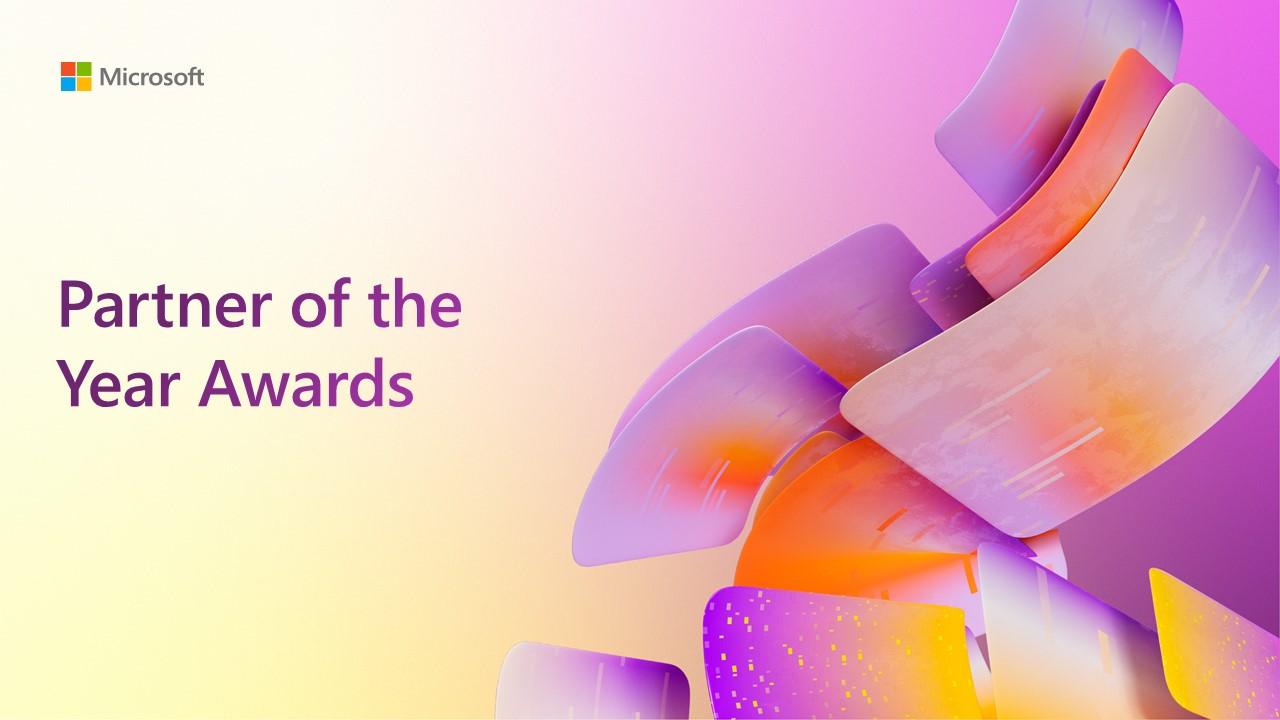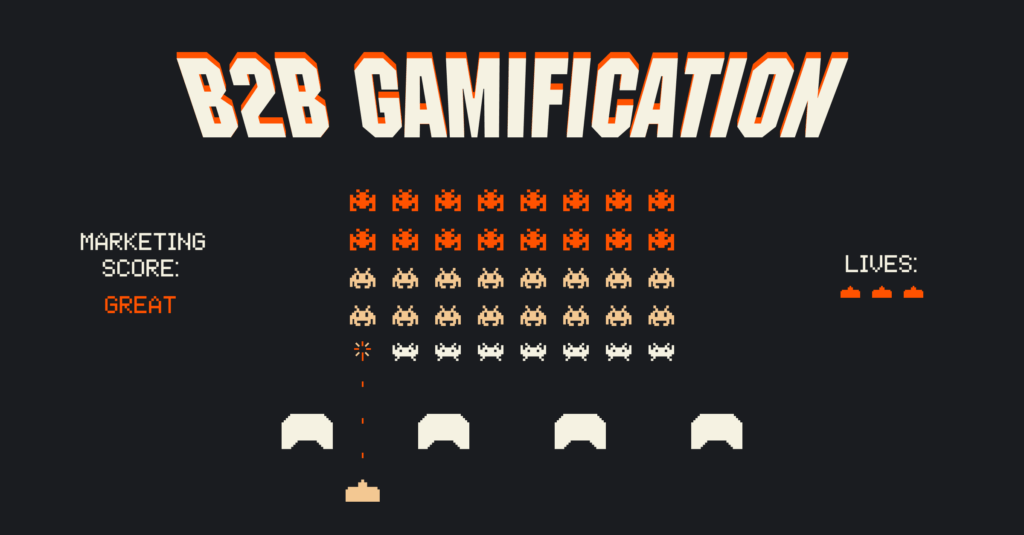In today's competitive landscape, B2B marketers are constantly seeking innovative strategies to engage their audience and drive desired results.
One powerful approach that has gained traction in recent years is the use of B2B gamification in marketing. By incorporating game-like elements such as badges, polls, and surveys into marketing campaigns, businesses can elevate their brand awareness, increase customer engagement, and ultimately boost sales.
Now, let’s play.
What is gamification?
As an avid gamer, as well as someone who’s fascinated by the concept of game theory, I was hoping it would be a mixture of the two. No PS4 or Xbox here, though. But something more relevant for you.
Gamification is the process of adding game-like elements to a non-gaming context, in this case, B2B marketing campaigns. This includes elements such as badges, leaderboards, points, and challenges, all designed to encourage user engagement and participation.

Gamification Market Analysis & Forecast (Source: Mordor Intelligence)
By tapping into people's natural enjoyment of games (like mine, of course), businesses can create memorable and enjoyable experiences for their audience. This ultimately leads to deeper connections and increased brand loyalty. And with the gamification market set to grow by 30.1% by 2024, and hit sales revenue of $32 billion by 2025, now is the time to jump in and activate your inner gamer.
B2B gamification examples
“Surely gamification is only suitable for B2C?”, I hear you say. Well, didn’t you get the memo? B2B can be exciting too. It’s not all stiff corporate attitudes and dry communication. You have a story to tell too, and adding some fun into the mix is how you can build even stronger connections to your audience.
From applying gamification in B2B marketing strategies and more, there are many B2B organizations trying to level up how they engage with their audiences:
Salesforce Trailhead
Yep, you read that right. Salesforce is a gameplayer in more ways than you realised. They implemented B2B gamification through Trailhead, an interactive learning platform.
Users earn points, badges, and level up as they complete training modules, encouraging continuous learning and engagement within the B2B sales community. Sometimes, the best games don’t just give you a competitive edge but something to learn along the way.
See how we helped Dell Technologies execute a successful marketing competition for their partner network. Click here.
LinkedIn Social Selling Index (SSI)
LinkedIn is cool now. But we’re not here to discuss how it has traded its thick-rimmed glasses for swanky Ray-Ban aviator sunglasses.
LinkedIn uses gamification elements in its SSI, which measures a user's effectiveness in utilising the platform for social selling. Users receive a score and are encouraged to improve it by engaging with prospects, sharing content, and building connections, fostering healthy competition (nothing wrong that!) among sales professionals.
SAP Community Network
SAP, the enterprise software company, has implemented B2B gamification on its community platform to encourage knowledge sharing and participation. To me that sounds like one of those gaming channel boards where you discuss the secrets in Final Fantasy or how to get past dull side missions in Grand Theft Auto. But I digress.
Within the community, users earn rewards and reputation rankings based on their contributions. This is another fantastic way to promote engagement and collaboration among B2B professionals. After all, we’re all playing the same game. A short walkthrough (remember those?) is always handy.
Cisco's "I Heart APIs" Developer Program
Cisco's gamified developer program motivates and rewards participants for building applications using Cisco APIs. Not a bad way for encouraging users to love your product.
Developers earn points, unlock achievements, and compete in challenges. This creates an active and innovative community around Cisco's technology offerings and pushes users to go beyond their standard skillset and show what they can really do.
IBM's CityOne
IBM developed CityOne, a game that allows B2B professionals to experience real-world business challenges and make decisions in a simulated environment. The game focuses on industries like energy, retail, and banking, providing users with insights into complex business scenarios and IBM's solutions.
To me, it sounds like the Sims, but you build and experience careers instead of a home and life. Or maybe it’s none of that. Either way, it’s a truly innovative way to use gamification to test the leaders of tomorrow and analyse how well they’d perform in real-life situations and how IBM’s technology can help.
Microsoft's Partner Incentives

Microsoft offers gamified partner incentive programs that reward B2B partners for achieving specific sales targets or completing training courses. Now let’s be honest, we love playing games because we want to win.
Partners can earn various rewards as they progress, fostering motivation and loyalty within the Microsoft partner ecosystem. This gamified approach encourages partner engagement and loyalty.
We are 1 of 6 marketing agencies recommended by Microsoft Partners. See our work with them.
Benefits of gamification in B2B marketing
Adding a spark of your inner gamer into your B2B marketing has numerous benefits:
- Increased engagement: Gamification encourages users to interact with your content and become more invested in your brand, leading to higher levels of engagement. This can translate into more time spent on your website, more social media shares, and increased conversions. All the KPIs you’re tracking and want to shoot up, like Mario on his mushrooms, is more than likely.
- Enhanced brand awareness: By creating a unique and enjoyable B2B gamified experience, you can differentiate your brand from competitors and create buzz around your products and services. This can lead to increased exposure and ultimately, more potential customers. And what does that lead to? More revenue.
- Improved customer loyalty: Gamification can encourage users to keep coming back to your platform and engage with your content. Over time, this can foster customer loyalty and lead to higher customer lifetime value. Returning players are always a good thing, right?
- In-depth customer insights: As users interact with your gamified content, you can collect valuable data on their preferences and behaviours. This can help you better understand your target audience and tailor your marketing efforts accordingly. That way, you create even more effective B2B campaigns that have a lasting impact.
- Increased sales: We’ll end on an obvious one. By creating a more engaging and enjoyable customer experience, gamification can ultimately drive more conversions and sales for your business. After all, if it’s not generating more sales and revenue, then what’s the point?
We can make gamification successful for your B2B company. Let's talk.
Steps to make gamification in B2B marketing work
To get started with B2B gamification, and launch your own marketing initiatives, consider the following tips:
1: Set clear objectives
Before you begin, it's essential to have a clear understanding of your goals. What do you want to achieve with your gamified marketing campaign? This could be anything from increased brand awareness to driving sales. Or maybe you want to pursue gamification in account-based marketing? Know the path, and then walk the path. If you don’t know, then your gamified strategy isn’t going to get far. It will be like Lemmings falling off the cliff.
2: Choose the right game elements
When it comes to gamification, there is no one-size-fits-all approach. Consider your target audience and business objectives when selecting which game elements to incorporate in your campaign.
For example, if your goal is to increase social media engagement, incorporating a leaderboard that tracks and rewards users for sharing your content could be an effective strategy.
3: Keep it simple
Avoid overcomplicating your gamified marketing campaign. Like me, not everyone likes the super complicated games (more of a platformer, myself). Make sure the game elements are easy to understand and interact with, ensuring a smooth and enjoyable user experience. And remember, that it has to be relatively quick too. Your gamified content isn’t Monopoly.
4: Monitor and optimize
Regularly track the performance of your gamified campaign and make necessary adjustments to improve its effectiveness. Keep an eye on engagement metrics, user feedback, and conversion rates to ensure your strategy is on track to meet your objectives. Like modern console games, if something isn’t working you can simply upgrade it with an updated version. OK, so it doesn’t work quite like that, but you get my point.
5: Explore real-life examples
To inspire your B2B gamification efforts, look to other brands that have successfully implemented gamification strategies. In short, look to the examples above or have a deep exploration of how other B2B companies have used gamification to encourage interaction and get users to love their brand, products and services. Explore gamification in marketing automation, strategies and more a have a fully rounded knowledge.
Ready to win?
We help make your B2B campaigns a big success. However you wish to connect with your B2B audience, we’ll create a plan that works for you.
From value props, paid media, content strategies and website overhauls, we’re ready to help supercharge your organisation.
So, level up your B2B marketing campaigns!

